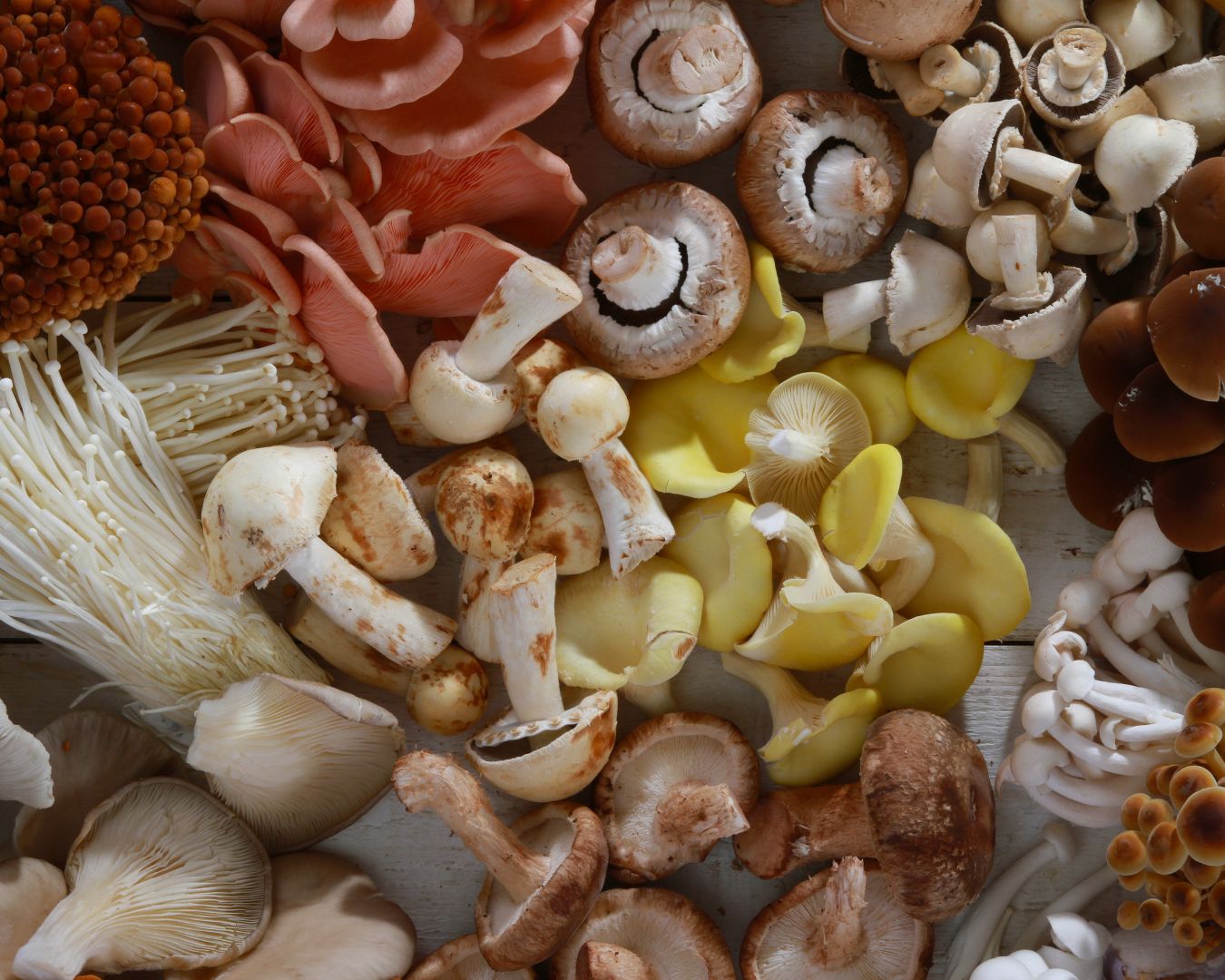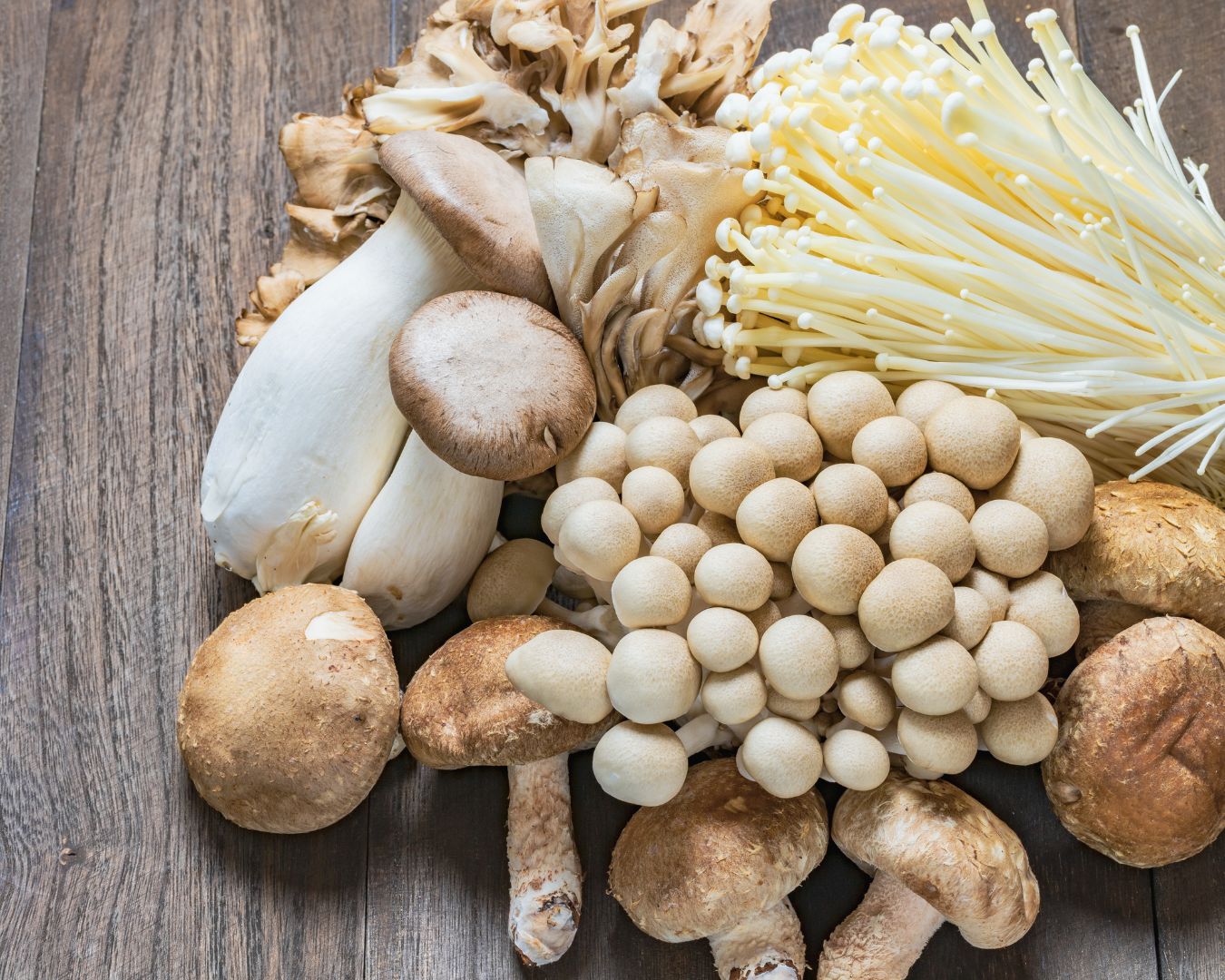Foraging for Wild Mushrooms: Safety and Tips
Foraging for wild mushrooms is a rewarding activity that allows you to connect with nature and discover a wide variety of edible mushrooms in their natural habitat. Whether you’re a seasoned forager or new to the world of wild fungi, understanding how to safely collect and identify mushrooms is crucial. While many wild mushrooms are edible and delicious, some can be toxic or even deadly if misidentified. This guide covers essential safety precautions, tips for beginners, and insights into the fascinating world of mushroom foraging. The Allure of Mushroom Foraging Mushroom foraging has long been a tradition in many cultures, from European truffle hunts to Asian harvesting of shiitakes and enokis. The appeal lies in the thrill of the hunt and the opportunity to enjoy organic, wild ingredients. Mushrooms, rich in flavor and nutrients, add a distinct umami profile to many dishes, making them a prized find in the wild. Foraging allows you to explore forests, meadows, and fields while gaining a deeper appreciation for fungi and their role in the ecosystem. However, because of the risks associated with misidentification, it’s important to approach mushroom hunting with care and knowledge. Safety First: Key Precautions Safety is the number one priority when foraging for wild mushrooms. The following precautions should always be taken to avoid dangerous or toxic mushrooms: Tips for Beginners If you’re new to mushroom foraging, here are some tips to help you get started safely and successfully: Common Edible Wild Mushrooms Here’s a list of some commonly foraged mushrooms that are both edible and flavorful: Poisonous Mushrooms to Avoid It’s equally important to know which mushrooms to steer clear of while foraging: Cooking with Wild Mushrooms Once you’ve successfully foraged safe, edible mushrooms, it’s time to enjoy their unique flavors in the kitchen. Mushrooms can be prepared in a variety of ways, from sautéing to roasting or adding them to soups, risottos, and pasta dishes. Here are a few tips for cooking wild mushrooms: Foraging for wild mushrooms can be an exciting and rewarding hobby, offering both a connection to nature and access to delicious, organic ingredients. However, it’s essential to prioritize safety and proper identification to avoid consuming toxic species. By following these tips and learning more about mushroom varieties and their habitats, you can enjoy the world of wild mushroom foraging with confidence.


